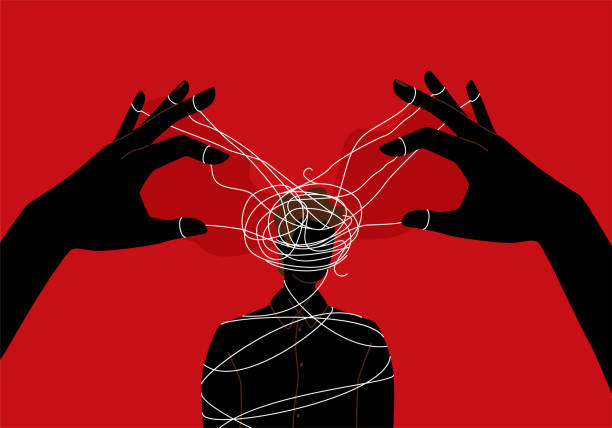Evaluating the Impact of Gender Inequality on Relationships with Reference to Violence

On this page we evaluating the impact of gender inequality on relationships with reference to violence.
Gender inequality remains a pervasive issue across cultures and societies, deeply influencing the dynamics of interpersonal relationships. Its impact is particularly pronounced in the context of violence within these relationships, where power imbalances rooted in gender inequality can lead to abusive behaviors and violence. This article aims to shed light on the complex interplay between gender inequality and relationship violence, exploring the mechanisms through which inequality exacerbates violence and offering insights into potential pathways towards more equitable and safe relationships.
The Impact of Gender Inequality on Relationships with Reference to Violence
The impact of gender inequality on relationships, particularly with reference to violence, is profound and multifaceted. Gender inequality fosters an environment where power imbalances thrive, often leading to abusive behaviors and violence within relationships. It normalizes violence as a means of asserting control, limits victims’ access to resources and support, and perpetuates a cycle of abuse across generations. Addressing this issue requires comprehensive efforts including education, legal protections, support systems, and challenging societal norms to promote equitable and safe relationships.
Understanding Gender Inequality
Gender inequality refers to the unequal treatment or perceptions of individuals based on their gender. It encompasses a wide range of issues, from economic disparities and unequal access to education and healthcare to differences in power within relationships and societal expectations. Gender inequality not only undermines the potential of individuals but also sets the stage for conflict and violence within relationships, as it often positions one gender above the other in terms of power and control.
- Economic Disparities: Often, gender inequality manifests in economic dependence, with one partner exercising financial control over the other, thereby limiting their autonomy.
- Social Norms and Expectations: Societal expectations about gender roles can pressure individuals into conforming to traditional, often patriarchal, dynamics that prioritize one partner’s desires and needs over the other’s.
- Power Imbalances: These imbalances can lead to one partner dominating or controlling the other, setting the groundwork for abusive behaviors.
The Link Between Gender Inequality and Violence
The relationship between gender inequality and violence is both direct and indirect. Gender inequality creates an environment where abusive behaviors are more likely to occur and be justified under the guise of cultural or societal norms.
- Normalization of Violence: In societies where gender inequality is rampant, violence against the less dominant gender can become normalized, seen as an acceptable means of asserting control or resolving conflicts.
- Lack of Recourse for Victims: Gender inequality often means that victims of relationship violence have fewer resources and less support when seeking help, making it harder for them to escape abusive situations.
- Perpetuating the Cycle of Abuse: Children exposed to gender inequality and relationship violence are more likely to replicate these patterns in their own relationships, perpetuating the cycle of abuse.
Mitigating the Impact of Gender Inequality on Relationships
Addressing the impact of gender inequality on relationships, particularly concerning violence, requires comprehensive strategies that involve legal, educational, and cultural interventions.
- Education and Awareness: Raising awareness about the signs of abuse and the importance of equitable relationships can empower individuals to seek help and challenge abusive behaviors.
- Legal Protections: Strengthening legal frameworks to protect victims and hold perpetrators accountable is crucial for addressing relationship violence.
- Support Systems: Building strong support systems, including counseling services and shelters, can provide victims with the resources they need to leave abusive relationships.
- Challenging Societal Norms: Encouraging dialogue and challenging traditional gender roles and expectations can help shift societal norms towards more equitable relationships.
In conclusion, gender inequality significantly impacts relationships, often manifesting in forms of violence that undermine the safety, autonomy, and potential of individuals. By understanding the mechanisms through which gender inequality contributes to violence and taking active steps to address these issues, it is possible to foster healthier, more equitable relationships that benefit individuals and society as a whole.
